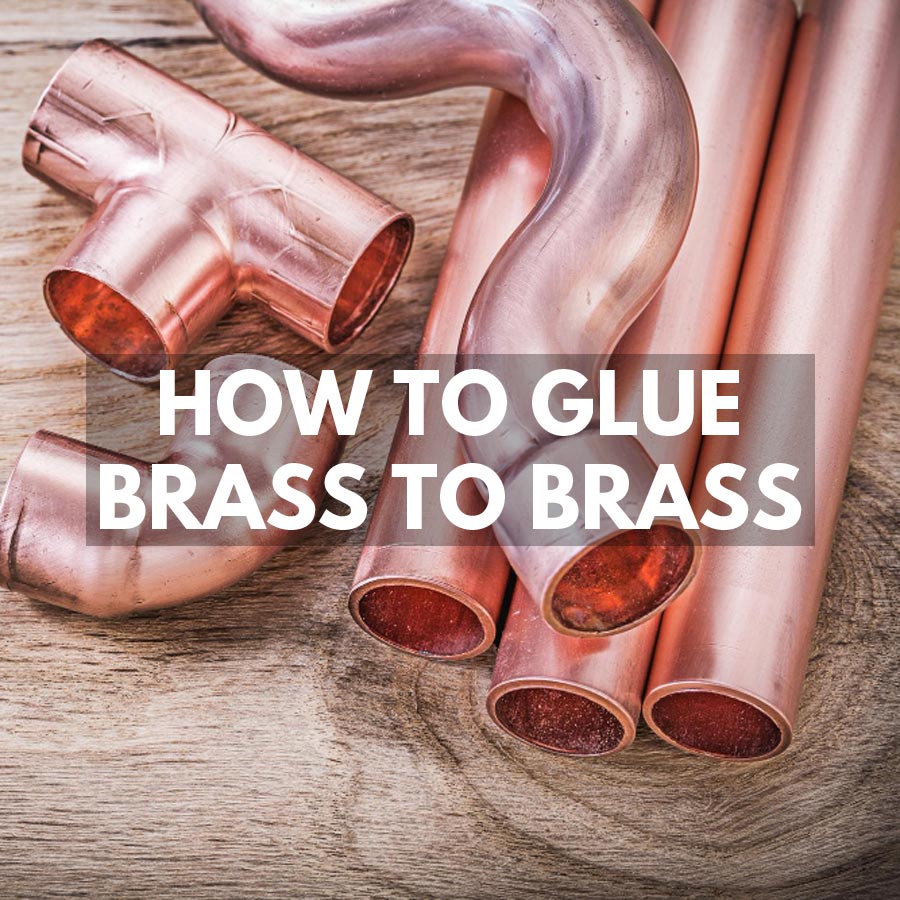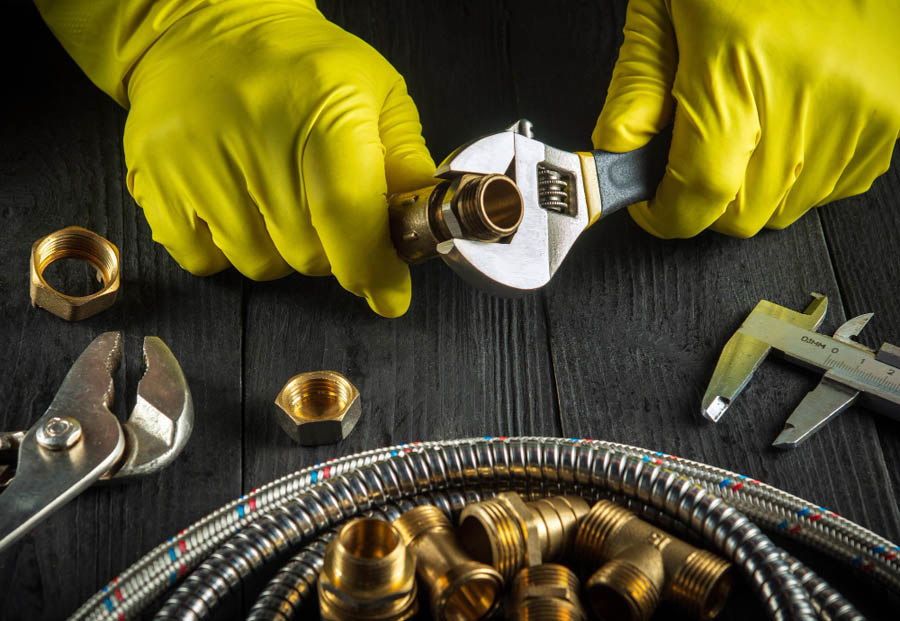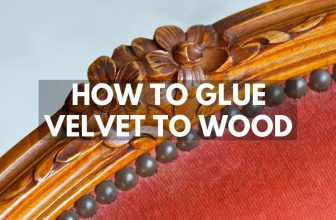
How to Glue Brass to Brass
In this guide on how to glue brass to brass, we explain step by step how to prepare the surfaces, how to apply the adhesive, and how to make sure the bond is fully cured. Whether you are fixing some brass pipes together or repairing some decorative brass, this guide should help.
Gluing brass to brass is not too uncommon if brazing or soldering is out of the question. The best adhesives used for gluing brass to wood also work on just brass and include epoxy resin, polyurethane adhesive, and acrylic adhesive.
Some of these adhesives are used to create stronger bonds for structural reasons. Other adhesives are used to achieve faster results for practical reasons or to create a waterproof seal like when gluing PVC to brass.
All of these adhesives may require some preparation and special conditions for helping them to cure. Depending on their application, any of these adhesives will feature advantages for working time or overall strength.
What Glue Can You Use for Brass to Brass?
Knowing how to glue brass to brass is not common knowledge and so there isn’t much information out there explaining how to do it. Here are the three types of glue we would recommend depending on what two pieces of brass you are bonding:
Epoxy Resin
Epoxy resin is a simple option for gluing brass to brass together. If there is a need to bond brass pieces together quickly, there are fast-cure kits that can be very handy for hobby conditions. It would be recommended to use slow cure 2-part epoxy resin that will take as long as 1-hour or more to cure completely. Some preparation is needed to have ideal surfaces to readily accept epoxy resin.
To some degree, there will be clamping requirements when brass pieces are glued at vertical angles. The need for adding filler to thicken epoxy is still an option if epoxy mixtures are too syrupy or runny.
Acrylic Metal Adhesive
Acrylic adhesive is not the typical glue that is used often by hobbyists but is perfect for bonding brass to brass very effectively. Some great examples include single component and 2-part kits. sing acrylic adhesive does require safety considerations and at times some minimal clamping or pressure to achieve the ideal bond.
Polyurethane Adhesive
When polyurethane adhesive is used for gluing brass to brass, brand-name products including Original Gorilla Glue and E-6000 are popular choices for hobbyists and craftspeople. These bonds are good for last-minute projects that are intentionally cosmetic but not exactly the strongest permanent bond. Some preparation will help adhesion to help secure brass pieces better.
This type of adhesive is not only pressure sensitive but is also moisture sensitive. This is an advantage for smaller brass parts that are attached to larger pieces one at a time without much need for clamping.

How to Prepare Brass to Brass Before Gluing
Brass is best prepared by sanding each side that is being glued together. This is so each adhesive can grab onto the metal surface much better than a smooth surface. This would not be recommended for glass surfaces, but for metal, it improves adhesion between two parts.
The pieces must be sanded using 500 to 600-grit sandpaper or higher if needed. Alcohol or acetone is used to clean each surface to remove any oil or residual sanding dust.
Each piece needs to lay flat against the other to get the best adhesion. If pieces are curved, then each piece being glued needs to match the same curvature.
How to Apply Glue for Brass to Brass
Polyurethane and epoxy resin should be applied to one side of a brass piece and then placed onto the opposite side. Small pieces can be held in place with masking tape while larger pieces should be clamped using clothespins or spring-loaded clamps. Acrylic adhesive is applied using the applicator tip that comes with this type of glue. Special care is advised using acrylic glue so use safety glasses and rubber gloves.
How to Cure Brass to Brass Glue
Polyurethane and epoxy can be cured in a warm room that is higher than room temperature. Epoxy takes the longest to cure unless a warm room helps to cure the adhesive sooner. Acrylic adhesive will cure sooner if using a 2-part mixture, but single component versions are pressure sensitive and cure instantly. For 2-part acrylic adhesive, this takes 15 minutes to cure but will need 4 to 5 hours to post-cure afterward.
Which Is the Best Glue to Use?
The best glue for structural adhesion is acrylic adhesive which is meant for bonding brass to brass permanently. These are also the fastest glues to use when time is essential for gluing pieces quickly. For work time that allows casual gluing for precision projects, polyurethane and epoxy are great choices. The cheapest adhesive to use is epoxy resin since small kits are found at any hobby store or supermarket.










